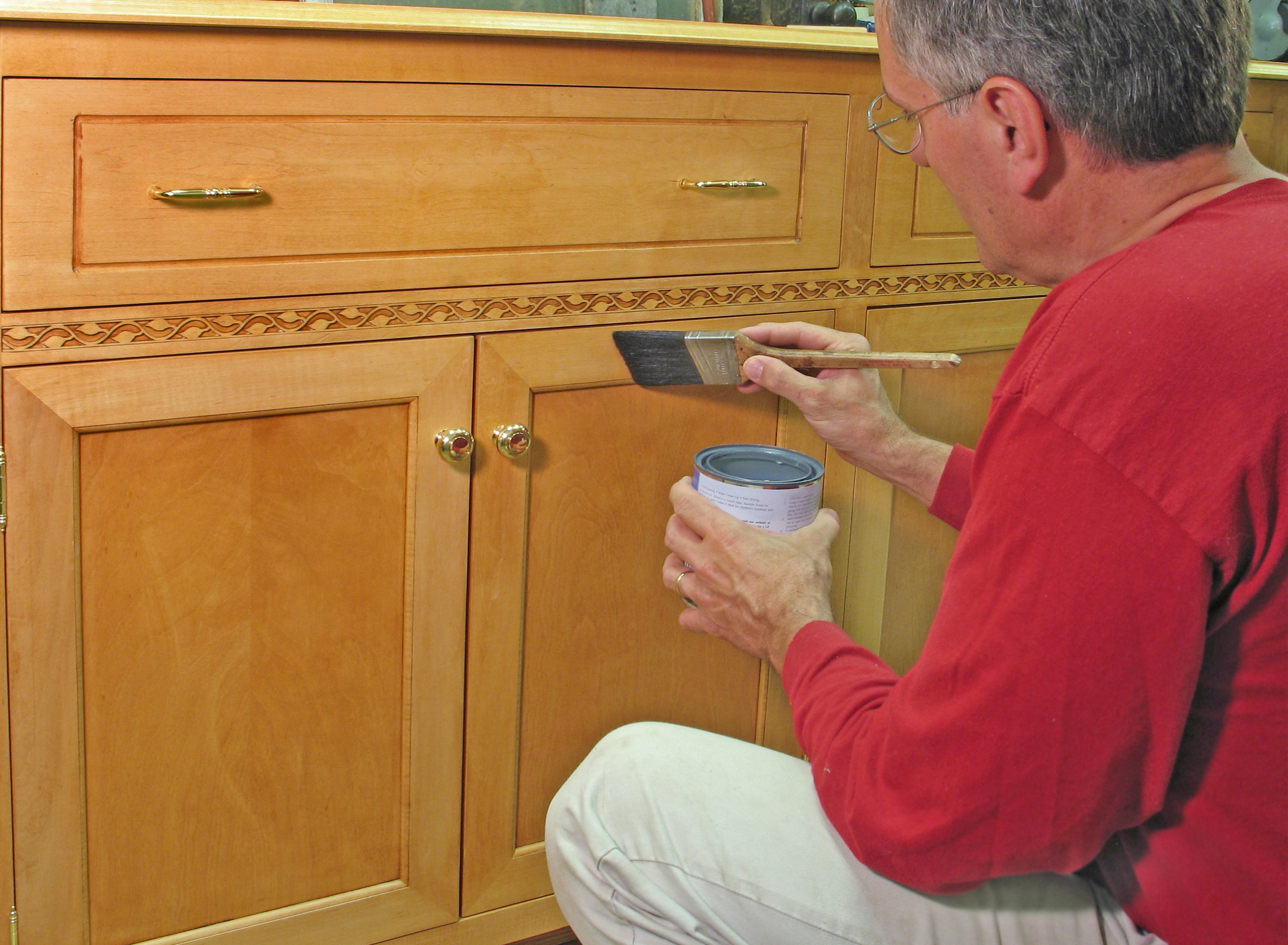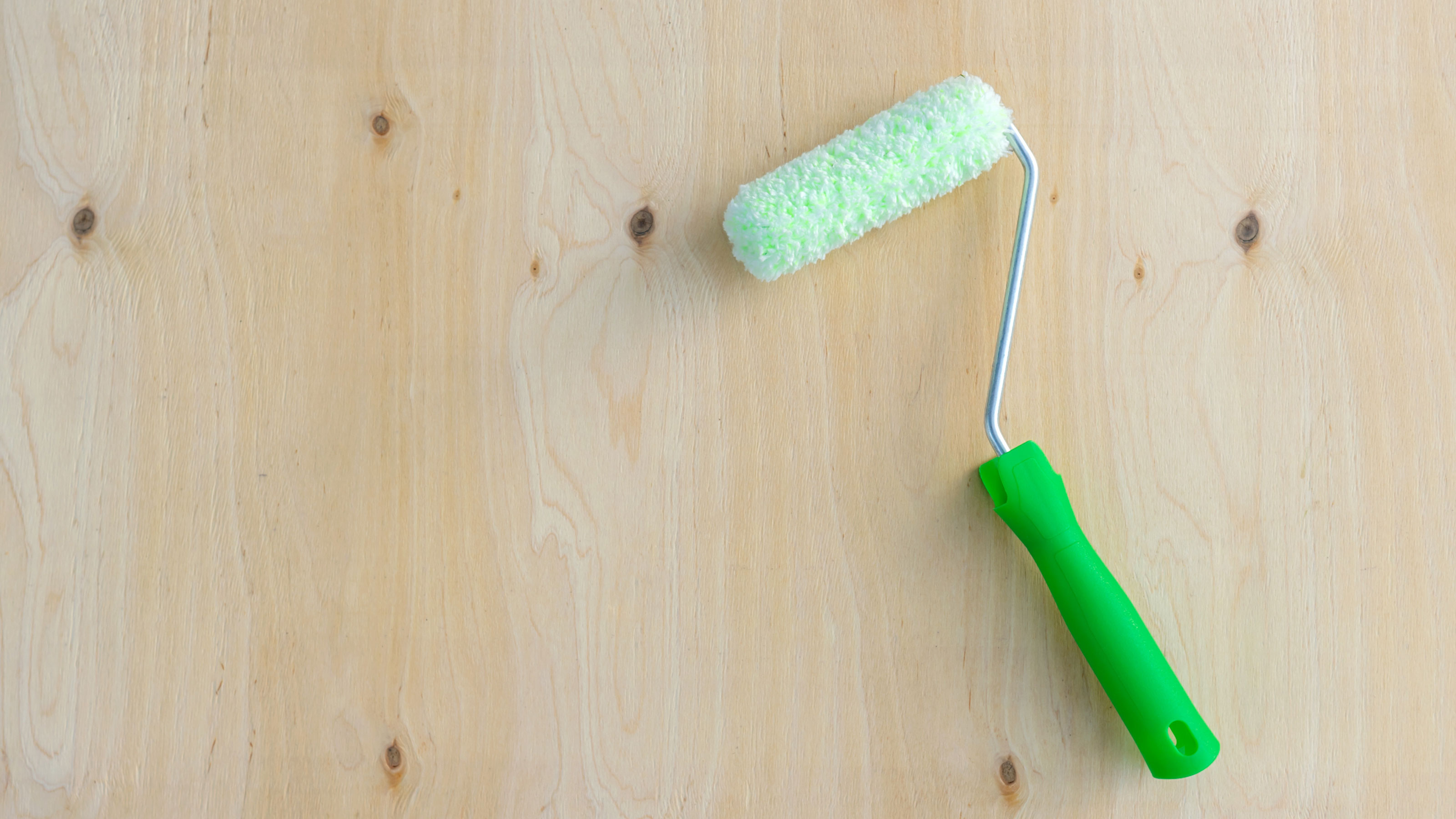Preparing Cabinet Grade Plywood for Painting
Getting cabinet-grade plywood ready for painting involves several crucial steps to ensure a smooth, durable, and professional-looking finish. Proper preparation is key to achieving a paint job that will last. Failing to adequately prepare the surface can lead to paint adhesion issues, resulting in peeling or chipping over time.
Sanding Cabinet Grade Plywood
Achieving a perfectly smooth surface is paramount before painting. This requires a methodical approach using different grits of sandpaper to progressively refine the surface. Start with a coarser grit to remove any major imperfections, gradually moving to finer grits for a flawless finish. Pay special attention to the edges, which often require more attention due to their tendency to be rougher.
Begin with 80-grit sandpaper to remove any significant imperfections, scratches, or mill marks. Sand with the grain, applying even pressure to avoid creating dips or gouges. Follow this with 120-grit sandpaper, again sanding with the grain, to smooth out the surface further. For an ultra-smooth finish, finish with 220-grit sandpaper. When sanding edges, use a sanding block wrapped in sandpaper to maintain a consistent angle and avoid rounding over the edges. For intricate edge details, consider using a sanding sponge.
Cleaning the Plywood Surface
After sanding, meticulously clean the plywood surface to remove all dust and debris. Any remaining particles will interfere with paint adhesion, resulting in a less than perfect finish. Use a tack cloth or a slightly damp cloth (avoid excessive moisture) to wipe down the entire surface, including the edges. Allow the plywood to dry completely before proceeding to the next step. A clean, dust-free surface is essential for optimal paint adhesion and a professional-looking finish. Consider using a vacuum cleaner with a brush attachment to remove sanding dust from hard-to-reach areas before using a tack cloth.
Filling Imperfections and Knots
Cabinet-grade plywood, while superior to other grades, can still have imperfections like knots or small voids. These need to be filled before painting to achieve a smooth, even surface. Use a high-quality wood filler designed for interior use. Apply the filler slightly above the surface of the imperfection. Let it dry completely according to the manufacturer’s instructions. Once dry, sand the filler smooth using progressively finer grits of sandpaper, starting with 120-grit and finishing with 220-grit. Ensure you sand flush with the surrounding surface to avoid creating a noticeable difference in texture.
Wood Filler Comparison
| Wood Filler Type | Pros | Cons | Suitability for Cabinet Grade Plywood |
|---|---|---|---|
| Wood putty | Easy to apply, sands easily | Can shrink slightly, may not be as durable as other options | Suitable for small imperfections |
| Epoxy wood filler | Very strong, durable, excellent for larger gaps | More expensive, longer drying time, can be more difficult to sand | Excellent for filling larger gaps or cracks |
| Solvent-based wood filler | Good for filling deep cracks and holes, strong | Strong odor, longer drying time, requires proper ventilation | Suitable for larger imperfections, but requires careful ventilation |
| Water-based wood filler | Low odor, easy cleanup, sands easily | May not be as strong as other options, may not be suitable for deep cracks | Good for small to medium imperfections, ideal for indoor use |
Choosing and Applying Paint to Cabinet Grade Plywood

Choosing the right paint and applying it correctly is crucial for a durable and beautiful finish on your cabinet grade plywood. The process involves careful consideration of paint type, primer use, and application techniques to achieve a professional-looking result. This section details the steps involved, from selecting the appropriate paint to achieving a flawless finish.
Paint Selection for Cabinet Grade Plywood
The choice between latex and oil-based paints depends largely on your priorities. Latex paints are water-based, offering easier cleanup with soap and water. They typically dry faster than oil-based paints, making for quicker project turnaround times. However, oil-based paints are known for their superior durability and hardness, offering better resistance to scratches and wear. They also tend to provide a smoother, more consistent finish. The trade-off is the more difficult cleanup process requiring solvents. For cabinet grade plywood, a high-quality, durable finish is paramount; therefore, either a premium latex paint or an oil-based alkyd enamel is generally recommended. Consider the level of traffic and wear the cabinets will experience when making your decision.
Applying Multiple Coats of Paint
Achieving a smooth, even finish requires a methodical approach to applying multiple coats. Begin by applying a thin, even coat of paint, allowing ample drying time as specified by the manufacturer (typically 2-4 hours for latex, and longer for oil-based paints). Lightly sand the dried coat with fine-grit sandpaper (220-grit or higher) to create a smooth surface for the next coat. Wipe away sanding dust with a tack cloth. Repeat this process for subsequent coats, typically two to three coats are sufficient for full coverage and opacity. Ensure each coat is completely dry before sanding and applying the next.
Using a Paint Sprayer for Cabinet Grade Plywood
A paint sprayer offers a fast and efficient method for applying paint to large surfaces like cabinet doors and panels, providing a very even finish. However, it’s crucial to follow safety precautions. Always wear a respirator to avoid inhaling paint fumes, safety glasses to protect your eyes, and gloves to protect your skin. Practice on scrap plywood before spraying your cabinets to get a feel for the sprayer and adjust settings for even coverage. Maintain a consistent distance from the surface, and use overlapping strokes to prevent streaks. After spraying, thoroughly clean the sprayer according to the manufacturer’s instructions using the appropriate solvents. Failure to do so can lead to clogging and damage to the sprayer.
Primer Application for Cabinet Grade Plywood
Priming is a critical step before painting cabinet grade plywood. A quality primer enhances paint adhesion, provides a uniform surface for better paint coverage, and helps to seal the wood, preventing stains from bleeding through. It also improves the overall durability and longevity of the paint job. Select a primer designed for use with the type of paint you’ve chosen (latex or oil-based). Apply the primer using a brush, roller, or sprayer, ensuring complete coverage. Allow the primer to dry completely before sanding lightly and applying the first coat of paint.
- Improved Paint Adhesion: Primer creates a better bond between the paint and the plywood, preventing peeling and chipping.
- Enhanced Paint Coverage: Primer creates a uniform surface, reducing the number of paint coats needed.
- Stain Blocking: Primer seals the wood, preventing stains and knots from bleeding through the paint.
- Increased Durability: Primer adds a layer of protection, improving the overall durability of the paint job.
- Smoother Finish: Primer fills in minor imperfections in the wood, creating a smoother surface for painting.
Finishing and Protecting Painted Plywood Cabinets: How To Paint Cabinet Grade Plywood

Protecting your freshly painted plywood cabinets is crucial for ensuring their longevity and maintaining their beautiful appearance. A proper finish not only enhances the visual appeal but also provides a durable, protective barrier against everyday wear and tear, moisture, and scratches. This final step is just as important as the preparation and painting processes themselves.
Clear Coat Sealants and Varnishes
Choosing the right sealant or varnish depends on the environment and the desired level of protection. Several options exist, each with unique properties. Water-based polyurethane is a popular choice due to its low odor, easy application, and relatively quick drying time. It offers good protection against moisture and scratches, making it suitable for most kitchen and bathroom cabinets. Oil-based polyurethane provides a harder, more durable finish, offering superior scratch resistance. However, it has a stronger odor and longer drying time. For high-traffic areas or environments with extreme humidity, consider a high-gloss finish for added protection. A satin or semi-gloss finish offers a good balance between durability and a less reflective surface. In contrast, a matte finish minimizes reflection but may offer slightly less protection.
Cleaning and Maintenance of Painted Plywood Cabinets, How to paint cabinet grade plywood
Regular cleaning is key to preserving the finish of your painted cabinets. For everyday cleaning, a soft, damp cloth and mild dish soap are sufficient. Avoid abrasive cleaners, scouring pads, or harsh chemicals, as these can damage the paint. For tougher stains, a non-abrasive cleaner specifically designed for painted surfaces can be used. Always test any cleaning solution on an inconspicuous area first to ensure it doesn’t damage the finish. Immediately wipe up spills to prevent them from staining or damaging the paint. Consider using coasters and placemats to protect the cabinet surfaces from heat and scratches.
Appearance of High-Quality Painted Plywood Cabinets
High-quality painted plywood cabinets boast a smooth, even finish free from brush strokes, drips, or imperfections. The color should be consistent throughout, with no visible patches or variations in tone. The edges should be neatly painted, with no visible bleed or unevenness. The overall appearance should be sleek and professional, reflecting the care and attention to detail invested in the painting process. A high-gloss finish will highlight the smoothness of the surface, while a matte or satin finish will provide a more subtle, elegant look. The finish should feel hard and durable to the touch, indicating a proper application of the sealant or varnish. Imagine a cabinet that looks like a piece of fine furniture, reflecting light evenly across its surface, without any imperfections or blemishes. This is the benchmark of a high-quality finish.
